When Norway got Internet
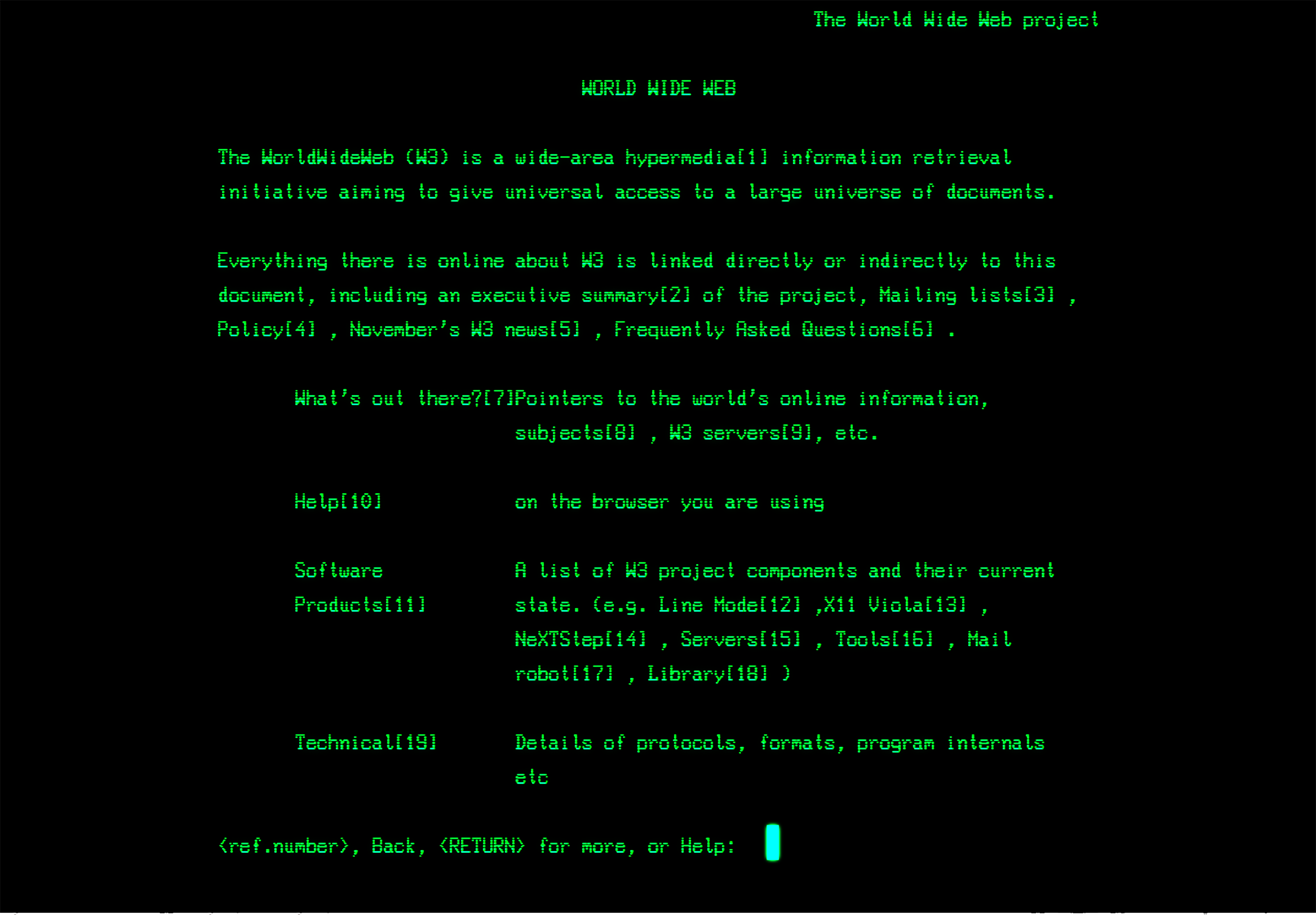
The Internet was long reserved for researchers and academia. But when it became Friday night entertainment on TV in 1995, interest exploded among Norwegians.
On December 12, 1991, in a seminar room at the Department of Informatics in Oslo, 16 computer scientists were eating pizza. Many of them had been involved in setting up Internet infrastructure at the University, allowing scholars to communicate with fellows all around the world.
What was soon to be known as the “pizza meeting” resulted in the founding of a brand new company: Oslonett. This company came to play a crucial role in early Norwegian Internet history.
– We acknowledged that the Internet carried a potential that could be utilised commercially by businesses. We thought that we could demonstrate how useful this technology could be, says Steinar Kjærnsrød, one of the Oslonett founders.
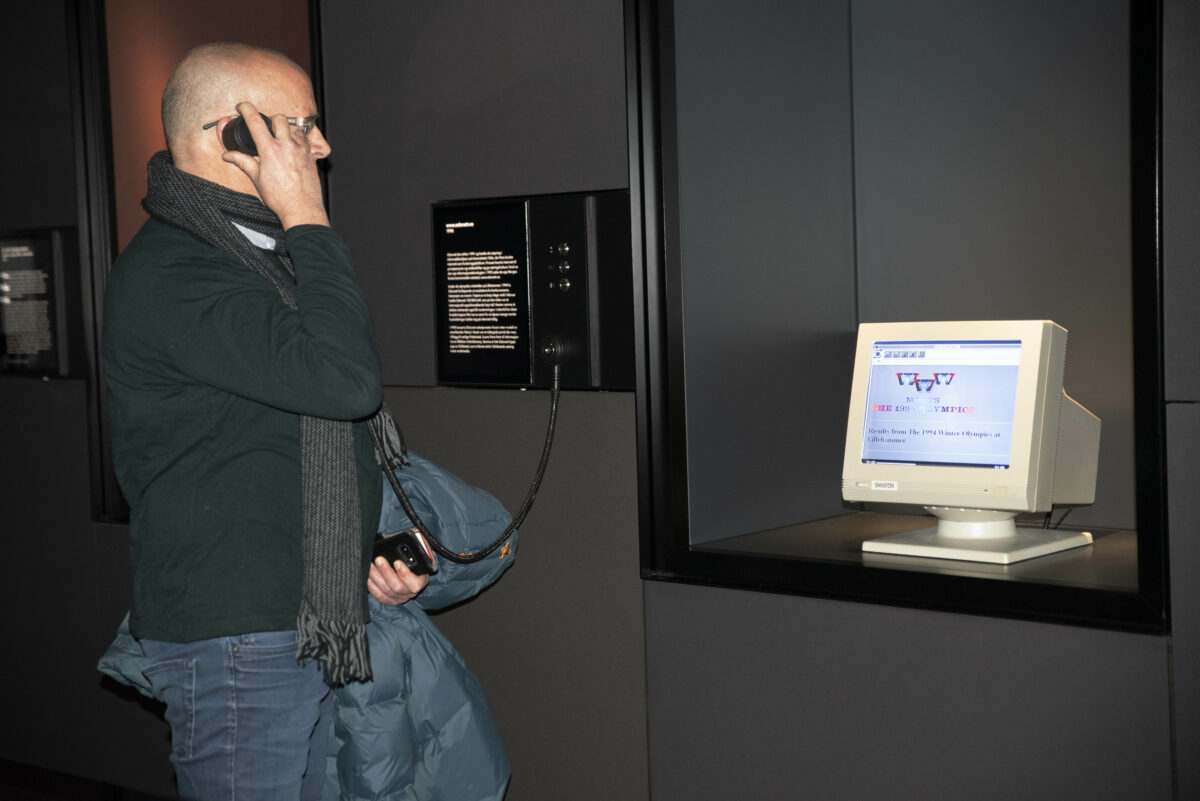
As the second country in the world, after the USA, Norway was connected to the Internet (Arpanet) already in 1973. Norwegian universities gained access in 1983, as a result of collaboration between researchers at the Norwegian Defence Research Establishment and researchers in the US.
Even though the development of the World Wide Web started at the physics institute CERN in Switzerland in 1989, it took several years before the information system became available to the general public. Before 1994, the World Wide Web, email, and file sharing were only available to academic environments, such as the one at the University of Oslo.
– Some imagine that the Internet was simply imported from abroad, fully developed. However, that was not the case. The technology and services were rather developed in dialogue, across national borders and academic disciplines.
This is stated by Jon Carlstedt Tønnessen, Research Librarian at the National Library. Trained as a historian, he wrote his Master’s thesis on Oslonett and early Norwegian web history.
Tønnessen explains that several actors in Norway were interested in how the World Wide Web could be utilised by businesses and private individuals. Oslonett was among the first to offer Internet services and set up their first website in August 1993.
Lillehammer Olympics Going Viral
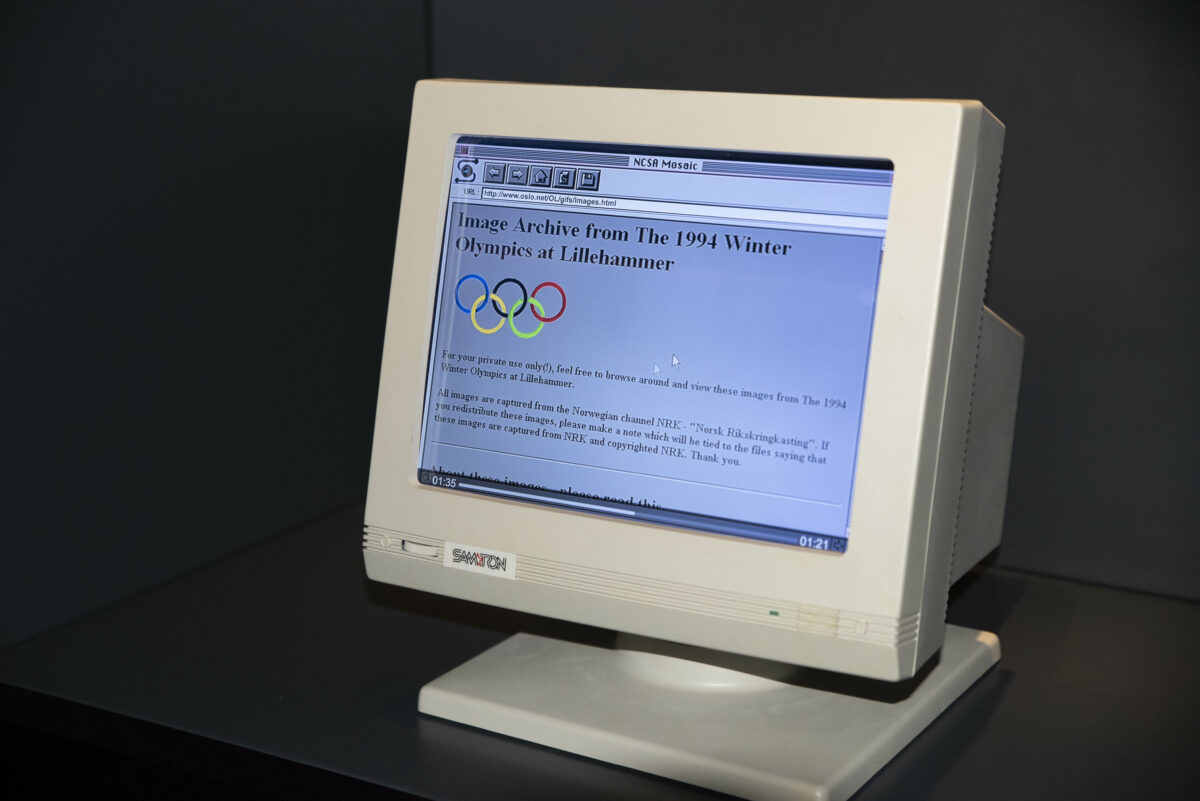
The 1994 Winter Olympics in Lillehammer holds a special place in the collective memory of Norwegians. Those old enough to remember often highlight the athletic achievements of stars like Johann Olav Koss and Stine Lise Hattestad. But the Lillehammer Olympics also proved that the Internet was on the verge of breaking through as a medium.
In collaboration with the Norwegian News Agency (NTB), Oslonett set up an instant news service, with automatic publishing to the web. This was a huge success.
Many internet-savvy Americans were thrilled that they could get the results from the events in real-time, several hours before the American TV stations broadcast news from the Olympic events.
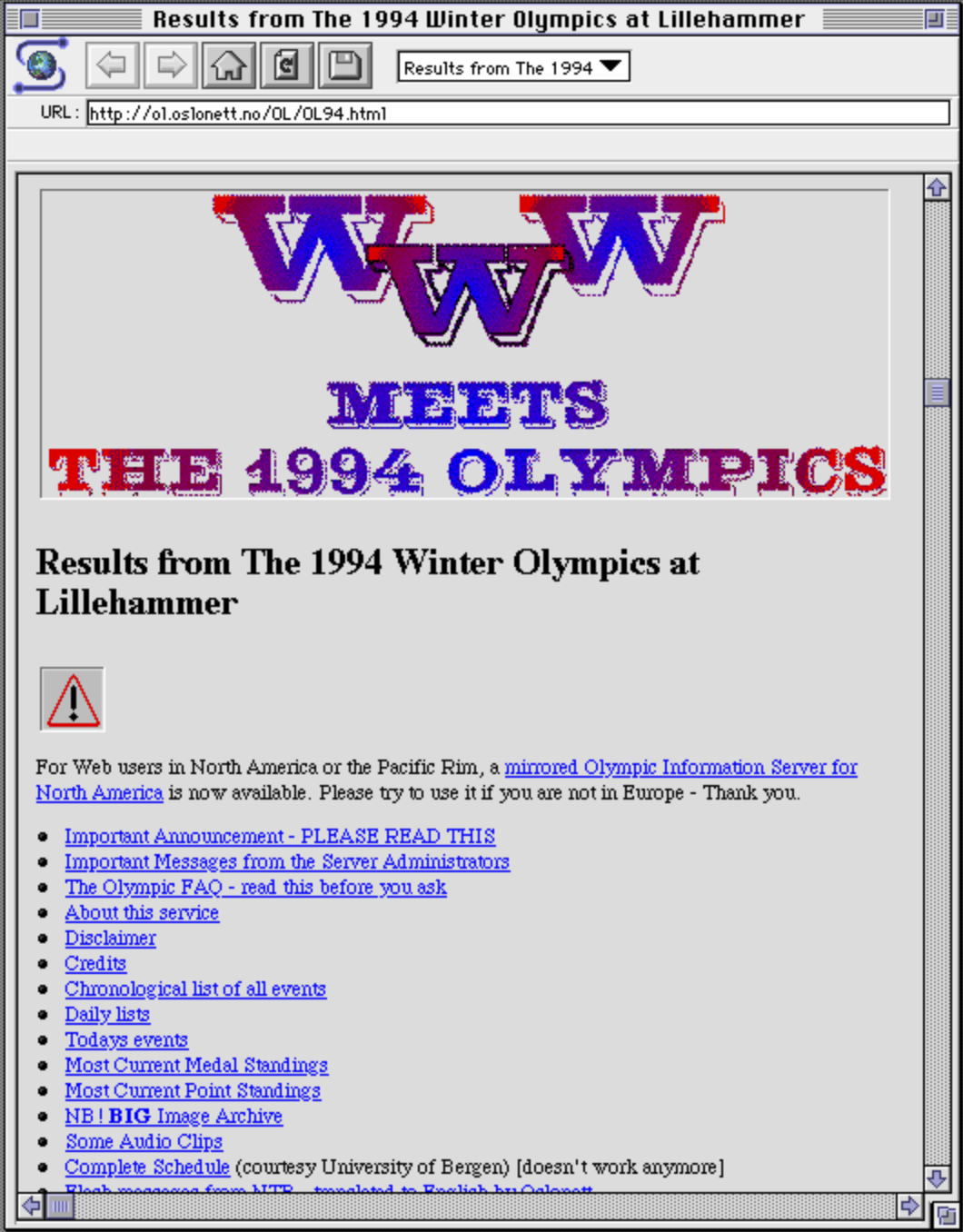
Oslonett’s Olympic pages were accessed more than 1.3 million times. That number broke all records in 1994.
With success also came the first experiences of what can happen when a great number of people visit a website at the same time: Oslonett’s site was overloaded, as was the transatlantic Internet connection.
– The service attracted international attention, and inspired the creation of more content for a general audience, says Tønnessen.
Broadcasting Internet in Prime Time
For many Norwegians, ‘The Yellow Booklet’ became the first introduction to understanding the new digital world. Written by Oslonett co-founder Gisle Hannemyr, the booklet not only provided technical instructions for how to connect to the Internet. It also introduced norms and social expectations that applied within the internet community.
Using simple letters and symbols, one can ‘draw’ various facial expressions. 🙂 means ‘I’m smiling’, and is used to make sure you understand what they write is meant as a joke. These small symbols are called ‘smileys’ or ’emoticons’ in English, and in Norwegian, we called them ‘facings’.
Hannemyr, “Unix og Internett” – to many just known as “The Yellow Booklet”
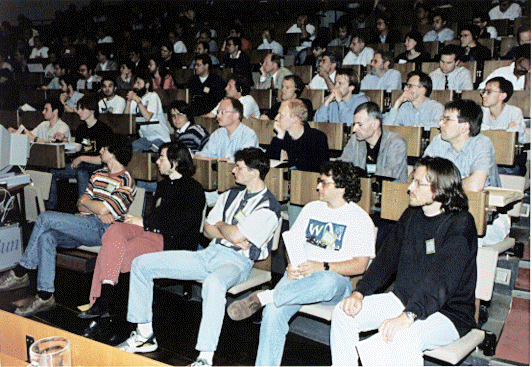
But what ironically would pave the way for Norwegians’ understanding of the Internet was the TV show Rondo (1993-1995). Broadcasted in prime time on Friday night, hosted by the extremely popular Petter Nome, Rondo had more than a million viewers.
Rondo was the first Norwegian TV show to have their own web pages, created by Oslonett. And since NRK did not have their own web server yet, it was hosted on oslonett.no.
– Many competitors envied us for the good PR of having our domain all over the screen. In that sense we had some luck, says Oslonett co-founder Kjærnsrød.
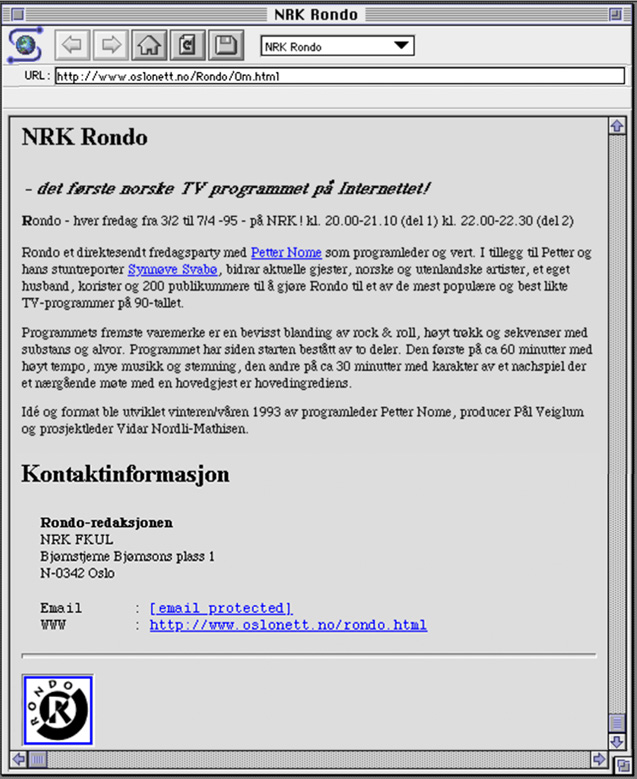
Rondo became enormously popular and sparked an interest in the Internet which the daily press jumped on.
This did not prevent sceptics from questioning the new ‘Internet fever’. ‘The Internet is a Flop,’ read an infamous headline in the debate columns of Dagens Næringsliv, August 1996. Other headlines at the time included ‘The Internet – Narcotic and Salvation’ (Helgeland Arbeiderblad), ‘The Internet – Useful or Not?’ (Eidsvold Blad) and ‘The Internet – a New Challenge for Schools’ (Aura Avis).
– During the mid-90s, the Internet transformed from a platform for scholarly communication to a popular multimedia, says Tønnessen.
VIDEO: Labour leader and soon-to-become Prime Minister Thorbjørn Jagland sends a greeting to Bill Clinton through the White House website, during a Rondo show:
Electronic Highways
In the Rondo excerpt above, Thorbjørn Jagland uses the term ‘new electronic highways.’ In the phase where the internet was becoming common property, terms like ‘the global village’ and ‘highway’ were often used – in addition to a whole range of other travel metaphors.
Tønnessen claims those were very effective metaphors in the 90s, when travelling had become a way to build cultural capital.
– Technically, Internet communication could have be compared to morse as binary code sent over long distances. However, it appeared to make more sense to do it in terms of virtual travelling around the world, says Tønnessen.
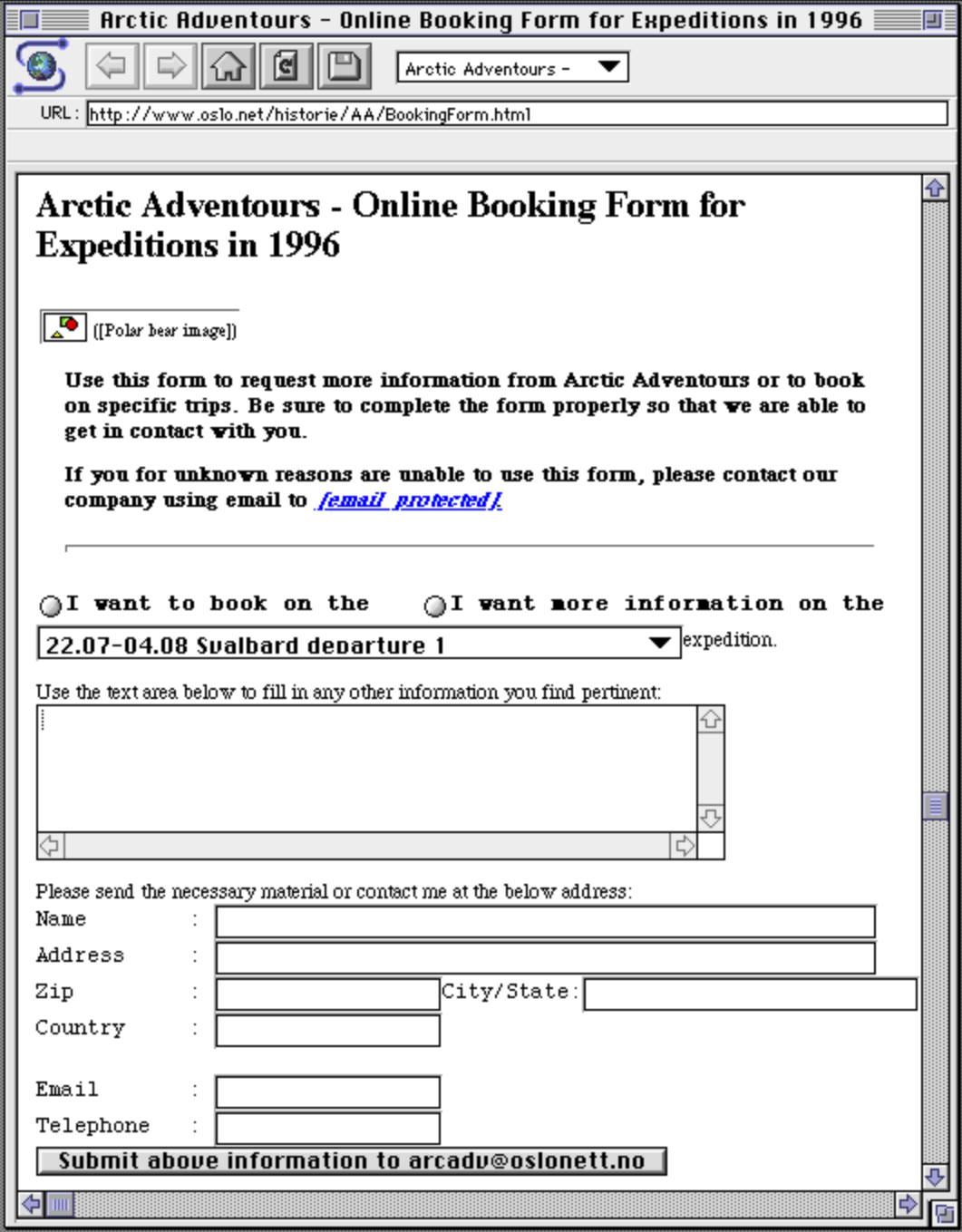
– Metaphors turned the Internet into something more than technics; it became a meaningful way to explore information and interact with others.
Tønnessen believes all new technology must be provided such meaning and explained as something familiar. Thus, our relationship with technology is strongly shaped through language. He points out how we still make use of concepts introduced in the 90s in our everyday usage of computers.
– When you start your computer, you first arrive at your ‘desktop’, which in some way functions as desks have been for more than a hundred years. Then, maybe you open a ‘window’ with a browser to see what is happening in the world.
Oslonett co-founder Kjærnsrød finds it amusing to look back to the early phase of the Internet in Norway.
– Looking back, after all the development that has happened, especially in the last 10–20 years – probably no one could even imagine we would end up where we are today.
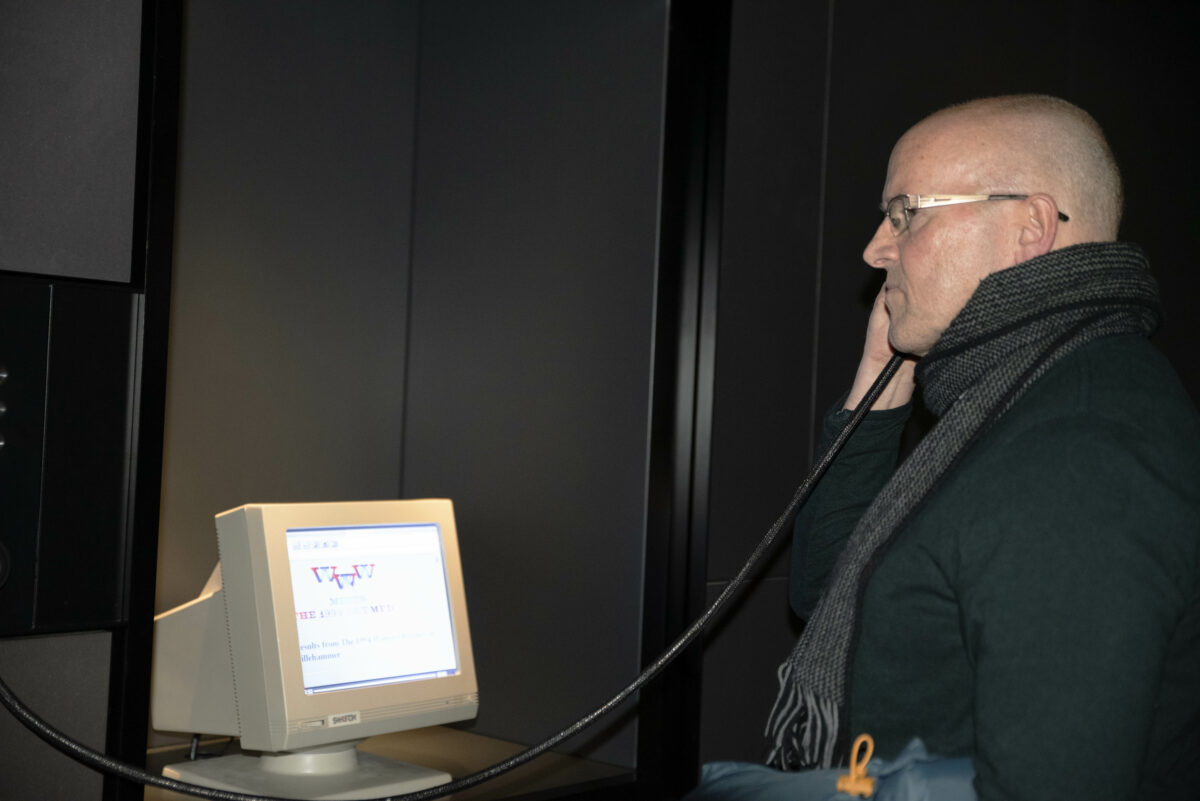
In 2014, the old Oslonett web pages attained status as part of Norway’s Document Heritage. They were then the first digital documents to be considered cultural heritage by UNESCO. In the National Library’s permanent exhibition Enlightened. Glimpses from a Cultural History, the pages from the 1994 Winter Olympic are displayed in the form of a video presentation.
The documents from Oslonett are part of the collection of the National Library of Norway, which has been harvesting web content since the turn of the millenium.
On the occasion of Oslonett’s 30 years anniversary, Kjærnsrød and 11 others from the original ‘Pizza Gang’ will have a reunion.
– Are you going to eat pizza?
– We really should. But no, this time it will be tapas!
Sources:
- Et nettverk av metaforer. Oslonett-aktørenes oversetting av kunnskap om internett fra forskning til fredagsunderholdning, 1991–95. by Jon Carlstedt Tønnessen.
- Interview with Jon Carlstedt Tønnessen
- Interview with Steinar Kjærnsrød
- Newspaper articles from the National Library’s Web Library
- bredbånd.no/når-kom-internett